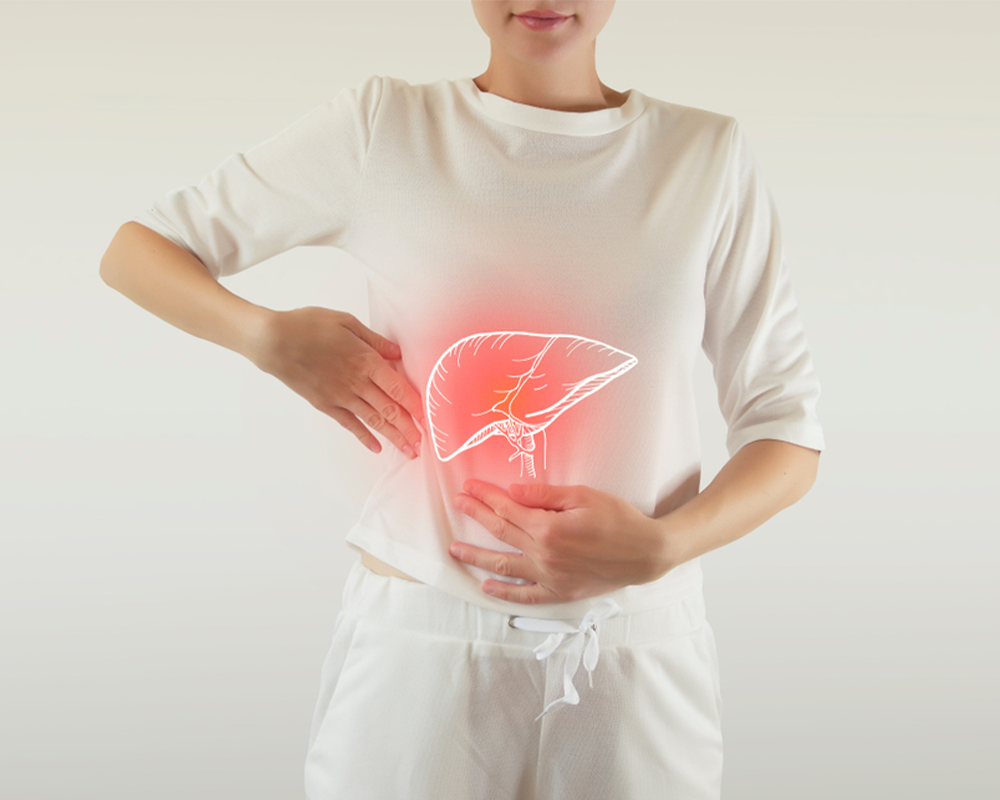
When trying to eat healthier, it's a good idea to stick to a whole food menu. This will stop you from consuming processed foods or refined carbohydrates. You can also eat deli meat, jarred pasta and cookies. These products may look like whole foods. However, they can often be loaded with additional ingredients to preserve them or improve their taste. It is best to prepare your meals at home if you are looking for a whole food diet.
Seven dinners that are centered on whole, real food
A 30-day challenge, "Seven Dinners That Focus on Real, Whole Food", focuses on creating meals using fresh, natural ingredients. This includes swapping processed high-sugar foods for fresh produce and vegetables. These meals highlight the importance and benefits of healthy fats. These recipes are delicious and filling and are great for a diet change. The 30 Days of Whole Food Challenge was created to encourage you and your family to eat more whole foods, fruits, and vegetables.
Here are some ways to get started with a whole food diet
There are many methods to start a whole food diet. It's easy to stick with your new diet if you start by writing down the foods you eat. You can take a list of what you eat each day and mark the processed food. Once you have a list of what you typically eat, you can begin swapping in whole, organic fruit and vegetables for processed food. It is possible to swap one processed food item for one fresh organic vegetable or fruit. You can start small and gradually remove a few ingredients at a time. Remember, it will take some willpower.

While it might seem difficult to cook whole foods from scratch, there are many recipes you can make with just a few ingredients. While this 3-day meal plan will get you started with whole foods, it is not meant to cover all combinations. There are likely to be recipes that you love, depending on the foods you eat and your preferences. It is also an excellent way to lose weight, especially if you are vegetarian.
Health benefits
Choosing a healthy diet is important for a healthy body and mind. You can reduce your risk of type 2 diabetes and heart disease by eating more whole foods. They are high in phytochemicals that protect the body against harmful free radicals. Whole foods are also packed with healthy fats, like omega-3 oils found in fish. These fats can improve gut health and skin health. They also increase cognition.
A healthy diet includes plenty of fruits and vegetables, protein, and healthy fats. You can find these foods in grilled fish, fresh veggies, steaks, and salads. You should choose extra virgin cold press oils or other healthy fats when it comes to oil and fat. Use these oils when cooking as some other oils can contain chemical solvents, or other artificial components. It is important to use natural options when cooking and storing your food.
On a whole foods diet, you should avoid certain foods
Whole foods diets are an excellent way of getting all the nutrients you need, without any added junk food or artificial additives. The emphasis is on fruits and vegetables, whole grains as well as nuts and seeds. Many of these foods contain high levels of vitamins and nutrients. These foods are not as healthy as they could be. Here are some reasons not to eat them.

Avoiding certain foods is a smart decision. These foods are not healthy and high in processed ingredients. They can lead to weight loss, diabetes, and possibly even cancer. There are many other options. You can generally avoid processed foods such as high-fructose Corn Syrup, which is made from corn but contains mercury and other harmful substances.
FAQ
Increase immunity with herbs or supplements
Natural remedies and herbs can be used to increase immune function. You can use ginger, garlic, echinacea oregano oil and ginkgo loba as common examples to boost immune function.
However, these herbal remedies should not replace conventional medical treatment. Side effects include nausea, dizziness and stomach cramps.
These are five tips to help you lead a healthy lifestyle.
Are there 5 ways to have a healthy lifestyle?
Living a healthy lifestyle includes eating right, exercising regularly, getting enough sleep, managing stress, and having fun! Eating well means avoiding processed foods, sugar, and unhealthy fats. Exercise helps burn calories and strengthens muscles. Sleeping well improves concentration and memory. Stress management reduces anxiety, depression and other symptoms. Fun is the key to keeping us healthy and happy.
How can I get enough vitamins
Most of your daily vitamin requirements can be met by diet alone. Supplements are an option if you are low in any vitamin. A multivitamin can contain all the vitamins that you need. You can also buy individual vitamins in your local drugstore.
Talk to your doctor if you have concerns about getting enough nutrients. Dark green leafy vegetables like spinach, broccoli and kale, as well as turnip greens and mustard greens such as turnip and mustard greens and bok choy, are rich in vitamins K & E.
Ask your doctor for advice if you are unsure how much vitamin to take. Your health history and current condition will inform the doctor about the recommended dosage.
Which lifestyle is best for your health?
A healthy lifestyle means eating healthy foods, exercising regularly, sleeping well, and avoiding stress. If you follow these guidelines, you will be able to lead a long and healthy life.
Small changes to your diet or exercise routine can help you start losing weight. To lose weight, you can start walking 30 minutes per day. Swimming or dancing are great options if your goal is to become more active. An online fitness program, such as Strava and Fitbit, can help you track your activity.
Do I need to count calories?
You might be asking "What is the best diet?" or "is counting calories necessary?" This depends on several factors like your current health and personal goals. Your preferences and overall lifestyle.
Which one is right for you?
My current health, my personal goals and lifestyle will determine the best diet for me. There are many different diets, some good, some not. Some work well for certain people while others don't. So what should I do? How can I make the right choice?
This article aims at answering these questions. It starts with a brief introduction of the different types of diets available today. After that, you will learn about the pros and disadvantages of each type. We'll then discuss how to choose which one is best for you.
To begin, let's take a quick look at the different types of diets.
Diet Types
There are three main types of diets: low fat, high protein, and ketogenic. Let's discuss them briefly below.
Low Fat Diets
A low fat diet is a diet that restricts the amount of fats consumed. This is done through reducing the intake of saturated fats (butter, cream cheese, etc.) These fats can be replaced with unsaturated fats like avocados and olive oil. People who are looking to lose weight quickly and easily will benefit from a low-fat diet. However, constipation, stomach pain, and heartburn can all be caused by this type of diet. Vitamin deficiencies can also occur if the person doesn't get enough vitamins through their diet.
High Protein Diets
High-protein diets limit carbohydrates and favor proteins. These diets often have higher levels of protein than most other diets. They can help you build muscle mass, and also burn more calories. However, they might not provide enough nutrition for those who need to eat frequently. They can be quite restrictive and are not recommended for everyone.
Ketogenic Diets
These diets are also known under the name keto diets. They are high in fat and moderate in protein and carbs. They are commonly used by athletes and bodybuilders as they allow them to train harder, longer and without feeling fatigued. You must adhere to all side effects such nausea, headaches, fatigue.
Statistics
- This article received 11 testimonials and 86% of readers who voted found it helpful, earning it our reader-approved status. (wikihow.com)
- The Dietary Guidelines for Americans recommend keeping added sugar intake below 10% of your daily calorie intake, while the World Health Organization recommends slashing added sugars to 5% or less of your daily calories for optimal health (59Trusted (healthline.com)
- nutrients.[17]X Research sourceWhole grains to try include: 100% whole wheat pasta and bread, brown rice, whole grain oats, farro, millet, quinoa, and barley. (wikihow.com)
- In both adults and children, the intake of free sugars should be reduced to less than 10% of total energy intake. (who.int)
External Links
How To
What does the word "vitamin" mean?
Vitamins are organic substances found naturally in food. Vitamins help us absorb nutrients in the foods we consume. Vitamins are not made by the body, so they must be obtained through food.
There are two types vitamins: water soluble or fat soluble. Water-soluble vitamins dissolve easily when they are dissolved in water. You can find vitamin C,B1 or thiamine, B2 or riboflavin and B3 or niacin. B6 is pyridoxine. Folic acid, biotin and pantothenic are some examples. Fat soluble vitamins are stored in the liver and fatty tissue. Some examples include vitamin D and E, K, A, beta carotene, and A-vitamins.
Vitamins are classified according to their biological activity. There are eight major types of vitamins.
-
A - Essential for healthy growth and health maintenance.
-
C - vital for nerve function and energy generation
-
D - necessary for healthy bones and teeth.
-
E is required for good vision and reproduction.
-
K - Essential for healthy muscles and nerves.
-
P - Vital for strong bones and teeth.
-
Q – aids digestion and absorption.
-
R – Required for making red blood vessels.
The recommended daily allowance of vitamins (RDA), varies depending upon age, gender, physical condition, and other factors. The U.S. Food and Drug Administration sets RDA values.
For adults over 19 years, the RDA is 400 mg per day for vitamin A. Pregnant mothers need 600 micrograms a day to ensure fetal growth. Children ages 1-8 require 900 micrograms per day. Infants below one year of age need 700 micrograms daily. But, between 9 months to 12 months of age, the amount drops to 500micrograms per days.
Children ages 1-18years who are obese need 800 micrograms per day while those who are overweight need 1000 micrograms per day and children who are underweight need 1200 micrograms per day to meet their nutritional needs.
Children aged 4-8 who have anemia are required to consume 2200 micrograms of Vitamin C daily.
Adults over 50 years of age need 2000 micrograms per day for general health. Women who are pregnant or breastfeeding need 3000 micrograms per day due to increased nutrient requirements.
Adults over 70 years of age need 1500 micrograms per day since they lose about 10% of their muscle mass each decade.
Women who are pregnant, nursing or breastfeeding need more than the RDA. Pregnant woman need 4000 micrograms daily in pregnancy and 2500 per day after childbirth. Breastfeeding mothers need 5000 micrograms per day when breast milk is being produced.